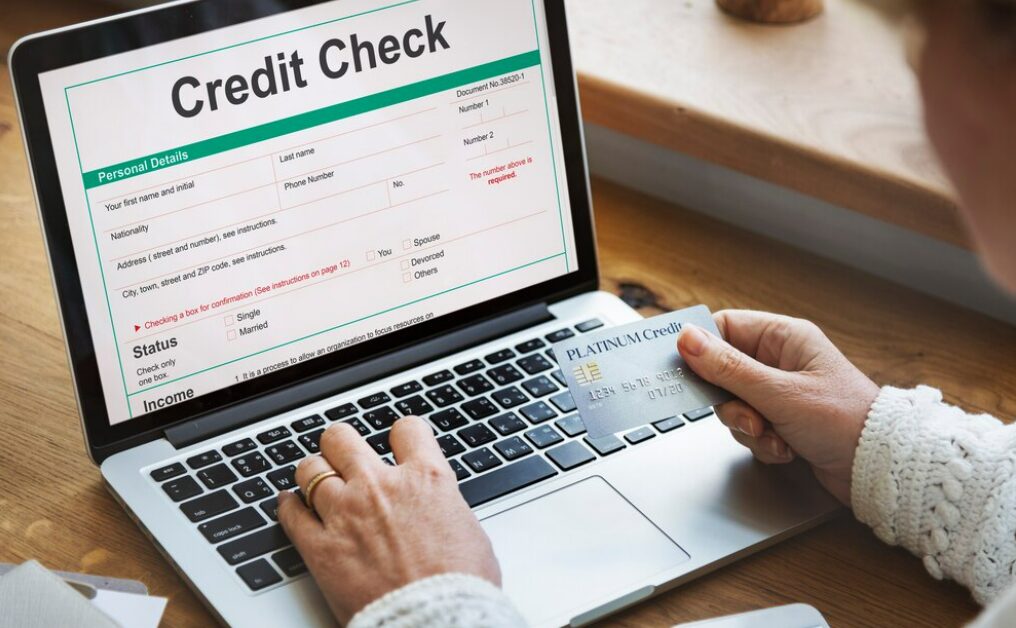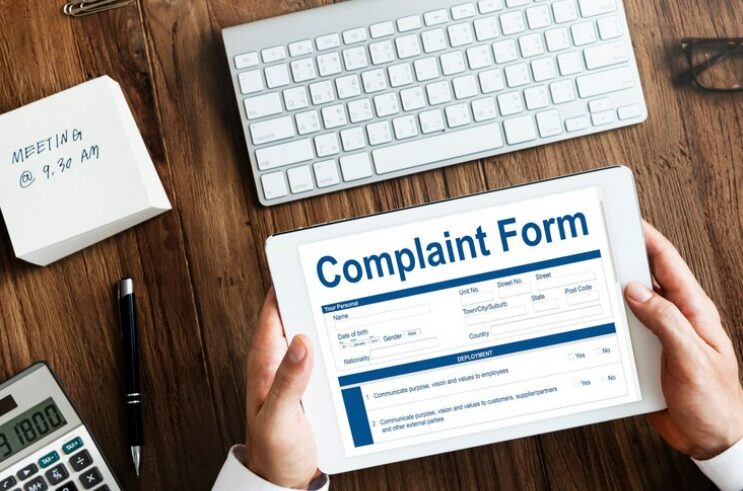Drafting a Cheque Bounce Case Notice
I am writing to you on behalf of [Your Name/Company Name], herein referred to as the “Payee,” to bring to your attention a matter of cheque bounce concerning the cheque numbered [Cheque Number] dated [Date of the Cheque] drawn on [Bank Name], account number [Account Number].

Cheque bounce case
Reasons for Cheque Bounce: The most common reason for a cheque bounce is insufficient funds in the issuer’s bank account. However, other reasons for cheque bounce include mismatched signatures, post-dated cheques, overwriting or alterations on the cheque, account closure, or a stop payment instruction from the account holder.
Legal Implications: Cheque bounce is a criminal offense under the Negotiable Instruments Act, 1881, in many jurisdictions. The payee (the person to whom the cheque is issued) can take legal action against the issuer (the person who issued the cheque) by filing a complaint with the appropriate judicial or legal authority.
Legal Proceedings: Upon receiving information about the cheque bounce, the payee typically issues a legal notice to the issuer demanding payment of the cheque amount within a specified timeframe. If the issuer fails to make payment within the stipulated period, the payee may initiate legal proceedings against the issuer.
Legal Notice: A legal notice is a formal communication sent by the payee to the issuer demanding payment of the bounced cheque amount and any associated charges (if applicable). The notice typically provides a specified period (usually 15 to 30 days) for the issuer to make payment and avoid legal action.
Filing a Complaint: If the issuer fails to make payment within the specified period mentioned in the legal notice, the payee can file a complaint with the appropriate court or legal authority. The complaint may result in the initiation of legal proceedings against the issuer for cheque bounce.
Penalties and Consequences: Issuing a cheque that bounces can lead to legal consequences for the issuer, including criminal prosecution, fines, imprisonment, and damage to reputation. The issuer may also be liable to pay compensation to the payee for any financial loss or damages incurred due to the bounced cheque.
Resolution Options: In some cases, cheque bounce cases may be resolved through negotiations between the payee and the issuer, where the issuer agrees to make payment of the bounced cheque amount along with any associated charges. Out-of-court settlements can help avoid lengthy legal proceedings and minimize costs for both parties.
Legal Representation: Both the payee and the issuer may seek legal representation from qualified lawyers or legal advisors to understand their rights and obligations, navigate the legal process, and achieve a favorable resolution in cheque bounce cases.
Consequences of Dishonoured Cheque
Legal Consequences: The dishonour of a cheque is a criminal offense in many jurisdictions under the Negotiable Instruments Act or similar legislation. The payee has the right to initiate legal proceedings against the issuer for cheque bounce.
Penalties and Fines: The issuer may be subject to penalties, fines, or legal costs associated with the dishonoured cheque. These penalties can vary depending on the laws of the jurisdiction and the circumstances of the cheque bounce.
Civil Liability: In addition to criminal consequences, the issuer may also be liable for civil damages to the payee. The payee can claim compensation for any financial loss, damages, or expenses incurred as a result of the dishonoured cheque, including bank charges and legal fees.
Credit Rating Impact: Dishonoured cheques can negatively impact the credit rating and financial reputation of the issuer. Banks and financial institutions may report bounced cheques to credit bureaus, which could affect the issuer’s ability to obtain credit or financial services in the future.
Legal Proceedings: The payee has the option to initiate legal proceedings against the issuer to recover the amount of the dishonoured cheque, along with any associated costs and damages. This may involve filing a complaint with the appropriate legal authority or initiating civil litigation against the issuer.
Criminal Charges: In some cases, repeated instances of cheque bounce or deliberate issuance of cheques with insufficient funds can lead to criminal charges against the issuer. This may result in fines, imprisonment, or other legal penalties under the applicable laws.
Loss of Credibility: Dishonoured cheques can damage the issuer’s credibility and reputation, both personally and professionally. It may erode trust and confidence in the issuer’s financial integrity and reliability, leading to negative consequences in personal and business relationships.
Enforcement Actions: If the issuer fails to comply with legal obligations or court orders to rectify the dishonoured cheque, the payee may pursue enforcement actions to recover the outstanding amount through methods such as garnishment of wages, seizure of assets, or other legal remedies available under the law.
Procedure for a Cheque Bounce Case
Notice of Dishonour: When a cheque is dishonoured by the bank due to insufficient funds or other reasons, the payee (the person to whom the cheque was issued) receives a notice of dishonour from their bank informing them of the bounced cheque.
Issuance of Legal Notice: The payee may choose to issue a legal notice to the issuer (the person who wrote the cheque) demanding payment of the cheque amount along with any additional charges or penalties within a specified timeframe, usually 15 to 30 days.
Response to Legal Notice: The issuer has the opportunity to respond to the legal notice within the stipulated timeframe. They may choose to make payment of the cheque amount, negotiate a settlement, or dispute the claims made in the notice.
Non-Payment or Unsatisfactory Response: If the issuer fails to make payment or provide a satisfactory response to the legal notice within the specified period, the payee may proceed with legal action to recover the amount of the dishonoured cheque.
Filing of Complaint: The payee can file a complaint with the appropriate judicial or legal authority, such as a magistrate’s court or a cheque bounce court, against the issuer for dishonour of the cheque. The complaint should include details of the bounced cheque, the legal notice issued, and any relevant supporting documents.
Summons and Hearing: Upon receiving the complaint, the court issues summons to the issuer, requiring them to appear before the court on a specified date for a hearing. Both the payee and the issuer have the opportunity to present their case and provide evidence to support their claims.
Trial and Evidence: During the trial, the court examines the evidence presented by both parties, including the bounced cheque, bank statements, legal notices, and any other relevant documents. Witnesses may be called to testify, and arguments from both sides are heard.
Judgment and Verdict: After considering the evidence and arguments presented, the court delivers its judgment in the cheque bounce case. If the court finds the issuer guilty of dishonouring the cheque, it may order them to pay the cheque amount along with any applicable penalties, fines, or legal costs.
Appeals and Enforcement: Both the payee and the issuer have the right to appeal the court’s decision if they are dissatisfied with the verdict. If the judgment is in favor of the payee, they may take enforcement actions to recover the amount owed, such as garnishment of wages or seizure of assets, in accordance with the court’s orders.



How to Issue Cheque Bounce Notice
Drafting the Notice: Begin by drafting the cheque bounce notice, ensuring that it includes all relevant details and complies with legal requirements. The notice should clearly state the reasons for the dishonour of the cheque, the cheque number, the amount involved, and the date of dishonour.
Include Legal Requirements: Make sure to include legal provisions related to dishonoured cheques, such as sections of the Negotiable Instruments Act or other relevant legislation governing cheque transactions in your jurisdiction. This helps establish the legal basis for the notice.
Specify Payment Demand: Clearly specify the amount of the bounced cheque, including the principal amount and any additional charges, penalties, or legal costs incurred as a result of the dishonour. Provide a total amount owing and a deadline for payment.
Mention Consequences of Non-Payment: Inform the issuer of the consequences of non-payment or failure to respond to the notice within the specified timeframe. This may include legal action, initiation of legal proceedings, or other enforcement actions to recover the amount owed.
Delivery Method: Choose an appropriate delivery method for serving the notice to the issuer. Options may include registered mail with acknowledgment of receipt, courier service, hand delivery with a witness, or electronic delivery methods permitted under local laws.
Retain Proof of Delivery: Keep a record of the delivery of the notice, including proof of mailing, delivery confirmation, or acknowledgment of receipt. This helps demonstrate that the issuer received the notice and was informed of the dishonour of the cheque.
Consult Legal Advisor: Consider seeking advice from a legal advisor or attorney to ensure that the cheque bounce notice complies with legal requirements and is enforceable in court if necessary. Legal professionals can provide guidance on drafting the notice and navigating the legal process effectively.
Review and Finalize: Before sending the notice, review it carefully to ensure accuracy, completeness, and clarity of the content. Check for any errors, inconsistencies, or omissions that may affect the effectiveness of the notice.
Send the Notice: Send the cheque bounce notice to the issuer using the chosen delivery method, ensuring that it reaches them within the specified timeframe. Retain copies of the notice and any supporting documents for your records.
